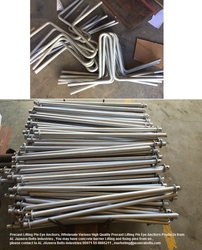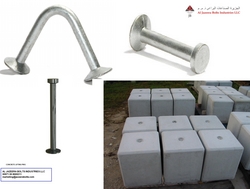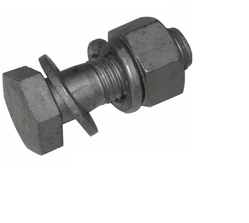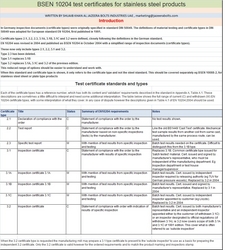
AL JAZEERA BOLTS INDUSTRIES LLC - | E-Showroom

AL JAZEERA BOLTS INDUSTRIES LLC - | E-Showroom
AL JAZEERA BOLTS INDUSTRIES LLC
SAJAA INDUSTRIAL AREA NEAR SAJ GAS PLANT SHARJAH UAE Sajaa Industrial Area Sharjah UAE Sajaa Industrial Area 3.2 Km off Gas Plant Road Sharjah
United Arab Emirates

Applications Of Stainless Steel
Sharjah Yellow Pages Online is a Local Business to Business Directory in Sharjah offering business list of more than 250,000 companies. You can find Hotels in Sharjah , Companies in Sharjah , Properties in Sharjah , Travel info in Sharjah through this Site. Yellow Pages Sharjah Updated in 2025 Get Maximum Benefit for your Business Visit YP MarketPlaces
| About Us Careers Company Information User Guide About Us |
Buying Options Post Buying Leads Browse Categories Companies in Sharjah How to Buy |
Selling Options Post Selling Leads Browse Categories How to Sell |
Safety & Support Help Safety & Security Copyright Infringment |
Advertising How to Advertise? Host Website with us Elite Membership |
Method Of Payment Privacy Policy Refund Policy Dispute & Resolution Policy Terms |
| Thanks for Posting your Requirement
with
Sharjah Yellow Pages Online
If you are not Verified Buyer then Please Verify Your Email to get Quotes from Verified Suppliers. |








|
Thanks for Reporting Error in Listing of on Sharjah Yellow Pages Online
Our Technical Team will review the Information and will Rectify the Error as Soon as Possible. |
| Thanks for Reply.
Sharjah Yellow Pages Online
Your Reply is Sent to the Buyer. |
| Thanks for Reply.
Your Reply is Sent to the Seller. |
| Ok Close |




